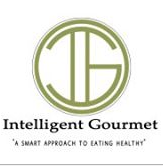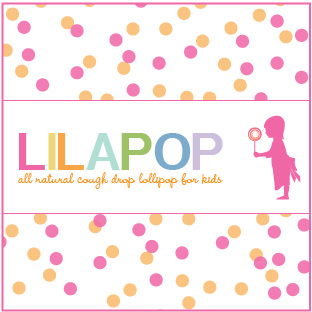Shop Smarter: Food Labels Unmasked
May 10th, 2011
 The labeling on food packaging can be confusing and unfortunately misleading for most of us. I always say reading labels is important but if you don’t truly understand what you are reading what’s the point? Because of this I have decided to do a 3-part series on deciphering food labels so you can make healthier food choices for your family during your next trip to the supermarket (which if you are anything like me will that will probably be later today). It may take a little time at first but soon you will become a pro at weeding out the junk.
The labeling on food packaging can be confusing and unfortunately misleading for most of us. I always say reading labels is important but if you don’t truly understand what you are reading what’s the point? Because of this I have decided to do a 3-part series on deciphering food labels so you can make healthier food choices for your family during your next trip to the supermarket (which if you are anything like me will that will probably be later today). It may take a little time at first but soon you will become a pro at weeding out the junk.
First up – The taunting front of package come hithers:
Consider the word “pure.” Everyone wants to eat food that’s pure. You would not want to put contaminated food into your body. But “pure” has no regulated, agreed- upon meaning in food labeling. It tells you nothing about what’s in the package that perhaps should not be there.
“Natural” is probably the least trustworthy of all the label terms. While the term “natural” sounds appealing, it really says little about the nutritional quality of the food, or even its safety. In reality, “natural” is empty of nutritional meaning. Consumers believe that “natural” means the food is pretty much as Mother Nature grew it, but this is seldom the case. And even then, “natural” is not the same as nutritious, or good for you. The fat marbling in a New York strip steak is “natural,” but it’s not good for your arteries.
“Made from” simply means the food started with this product. For example, the claim “made from 100 percent corn oil” may be technically correct, yet it is misleading. Consumers are led to believe they are eating 100 percent corn oil. They think of fields of corn under a clear blue Iowa sky. But a lot can happen to corn oil before it gets to the grocery store. The label really means the processor started with 100 percent corn oil, but along the way may have diluted or hydrogenated it, changing it into a fat that will clog your arteries, not one that flows free and golden. Another common label lie is “made from natural…” This simply means the manufacturer started with a natural source, but by the time the food was processed it may be anything but “natural.”
“Made with real fruit“ is a good example of a misleading claim. The law does not require the label to say how much real fruit is in the product. This boast is particularly prevalent in snacks for children, which may contain a grape or two in a snack that is otherwise mostly sugar. “Made with whole grains” is another little, “white” label lie. The consumer is led to believe that this is a whole-grain cereal or waffle, yet the package label is not legally required to say how much “whole grain” is in the product. Its main ingredient could be refined flour with just a small amount of whole wheat added. So, the food won’t contain all the fiber and other nutrients associated with whole grains. “Made with vegetables” is another misleading term, which sounds healthy, but says nothing about how much nutrition is really in the box.
Understand the real meaning of “fat free” on a label. For example, suppose a food is labeled 95 percent “fat-free.” This means that five percent of the total weight of the food is fat, (which may not seem like much), yet a single gram of fat contains nine calories compared to four calories in a gram of protein or carbohydrates. Five grams of fat in 100 grams of ground or dark-meat turkey represents one-fourth of the calories in that serving.
“Enriched” is a tip-off that something bad was done to the food, requiring another process to put some of the good stuff back in. Enriched flour or enriched white bread are not as healthy as their whole wheat counterparts.
Beware of fruit “drinks,” which may contain little or no real fruit juice. Look at the ingredients to find out what’s really in there. “Drink” on the name of the product tells you that it is not 100 percent juice. It may, in fact, be mostly sugar and water, with added vitamin C. This enables the manufacturer to say the product is “high in vitamin C,” even if it’s a long way from being real orange juice.
The terms “organically grown,” “organic,” pesticide-free,” “all natural,” and “no artificial ingredients” say very little about the nutritional value or safety of the product. Trust only labels that say “certified organically grown.” These are the only words that mean the food was grown without chemical fertilizers and pesticides, in soil free of these substances.
Part 2 – ‘Dissecting Nutrition Facts’ will post next Tuesday.
Source: askdrsears.com
Related Posts
Written by Lea Barlow • 2 Comments










Tanya Tue, May 10, 9:10am